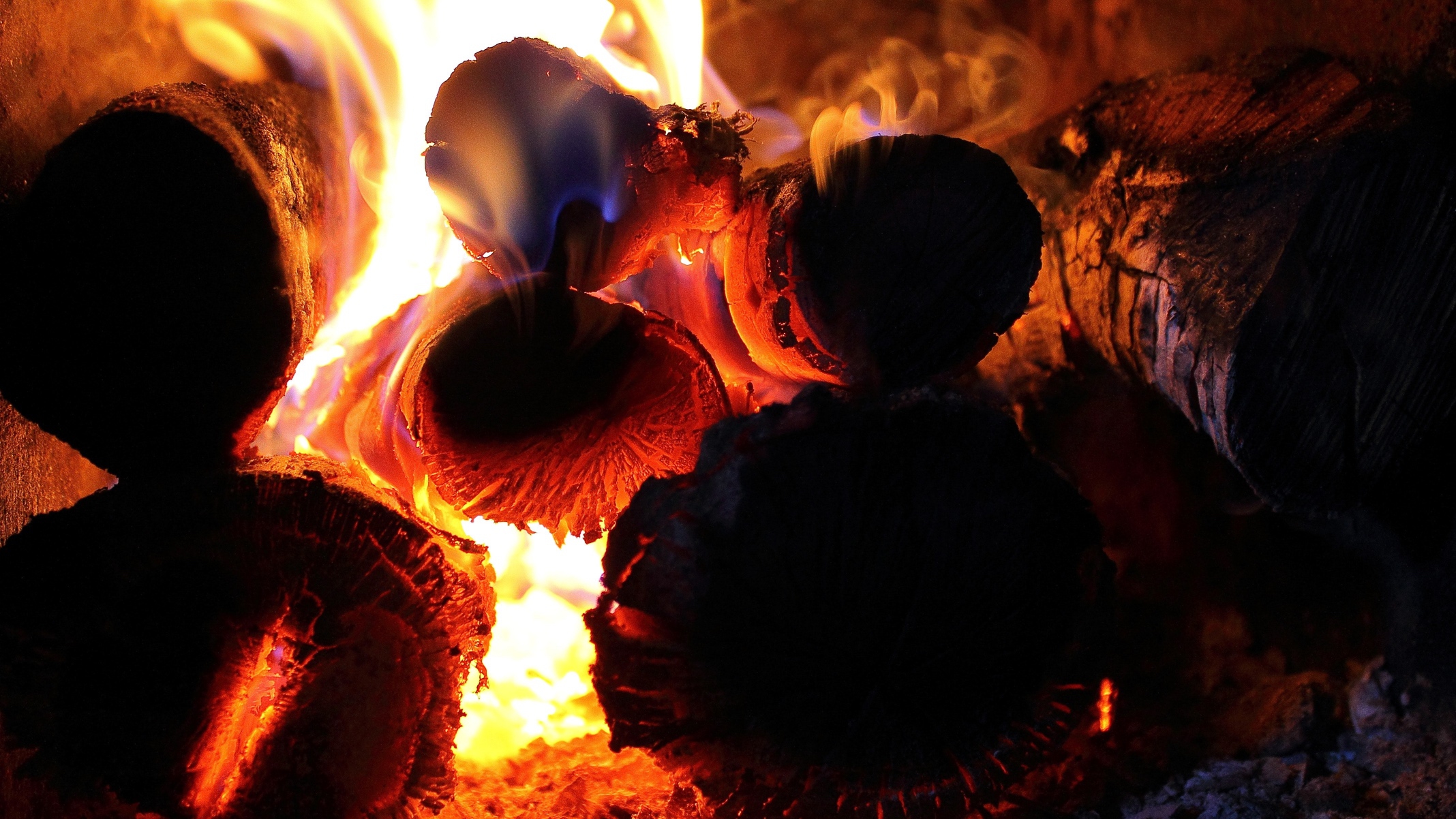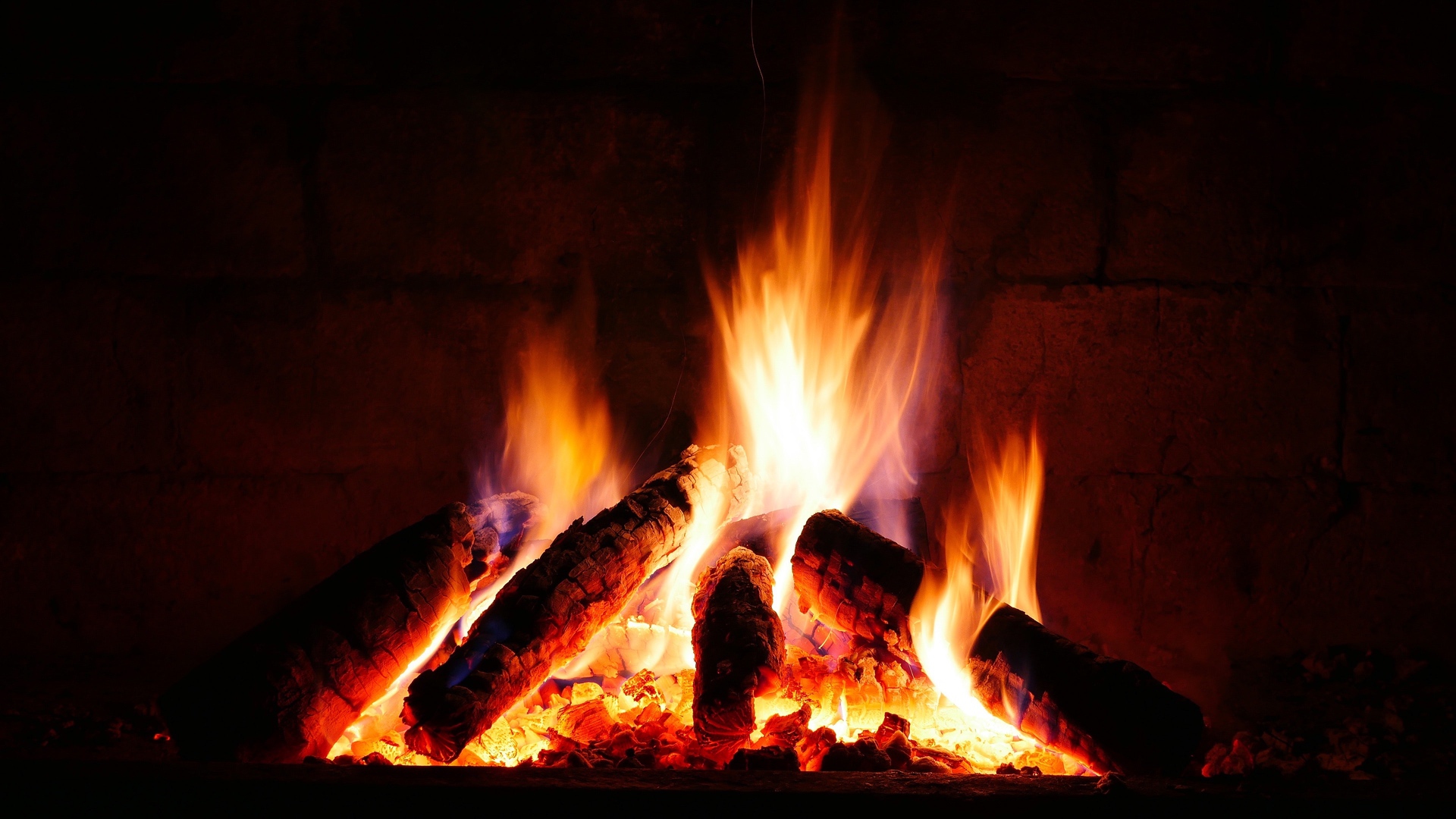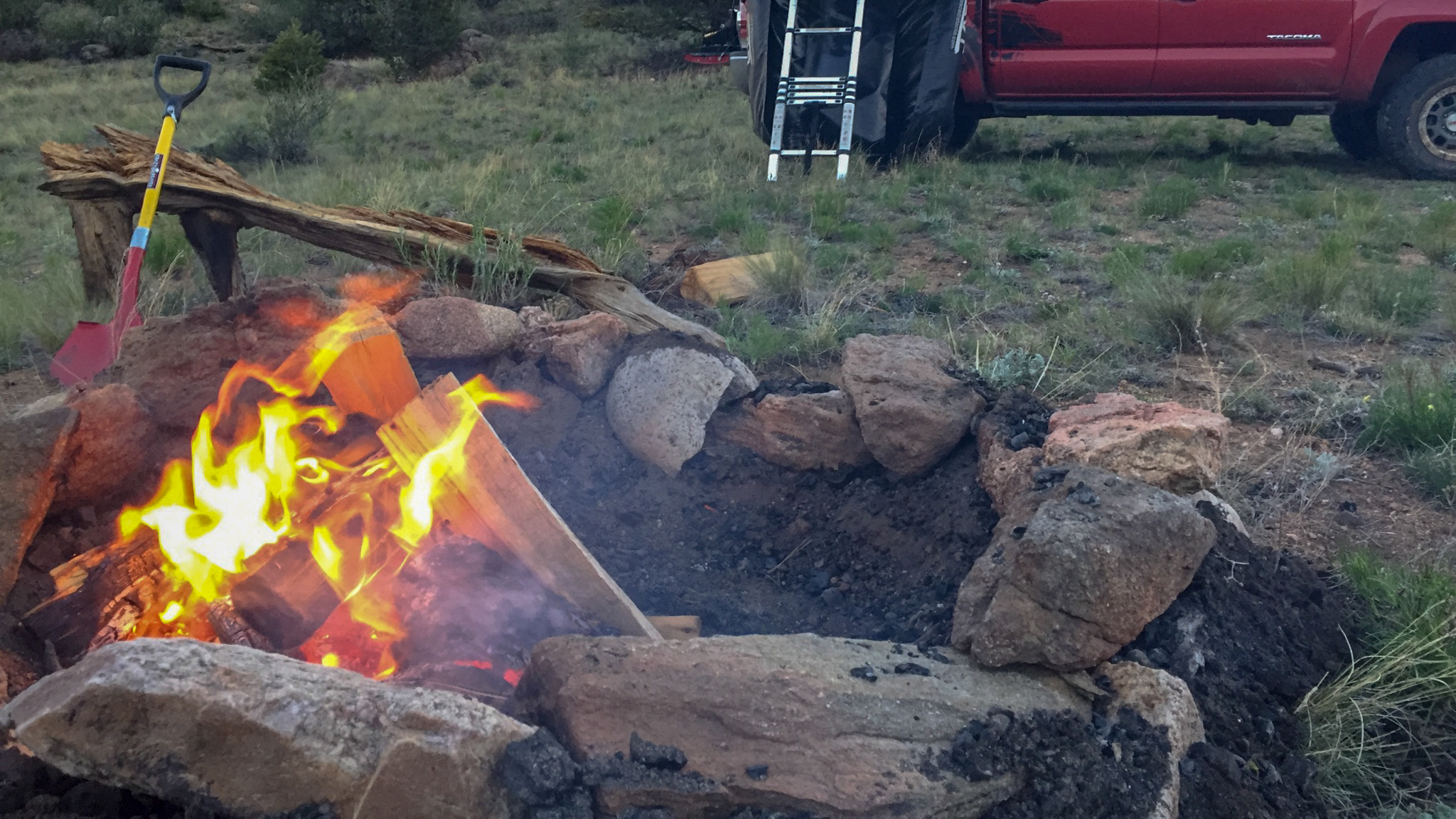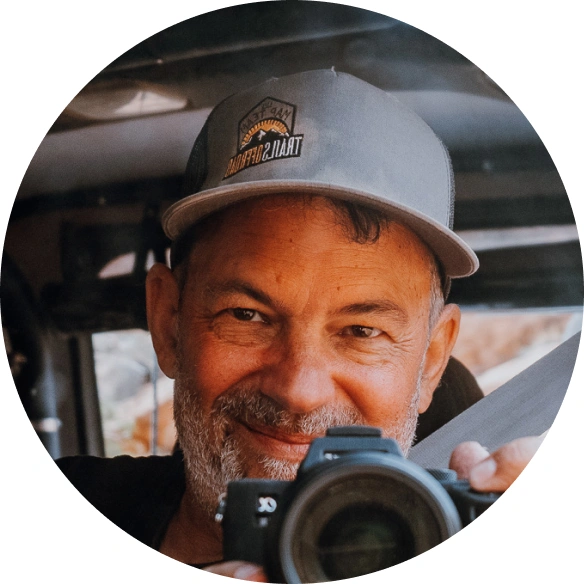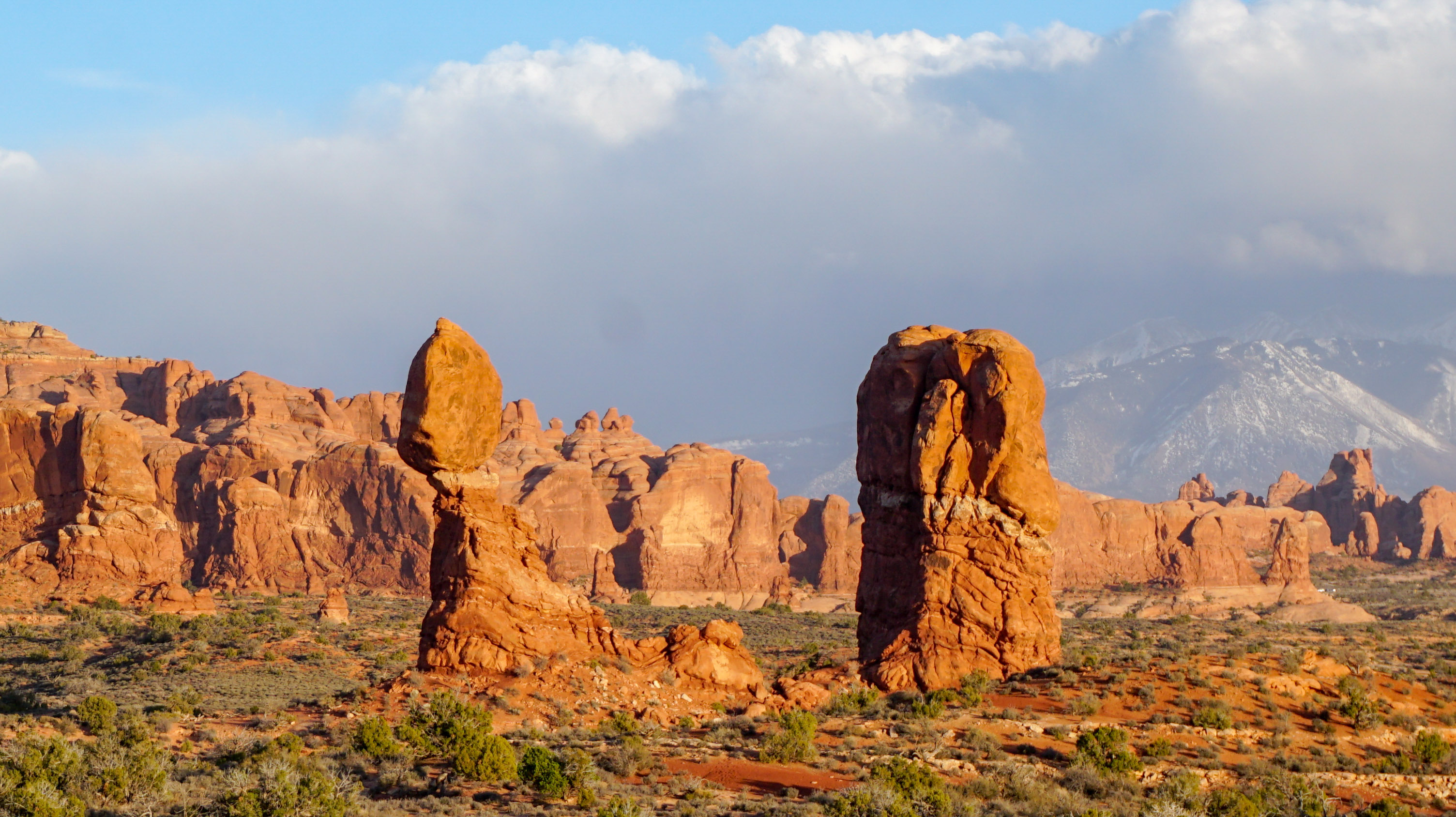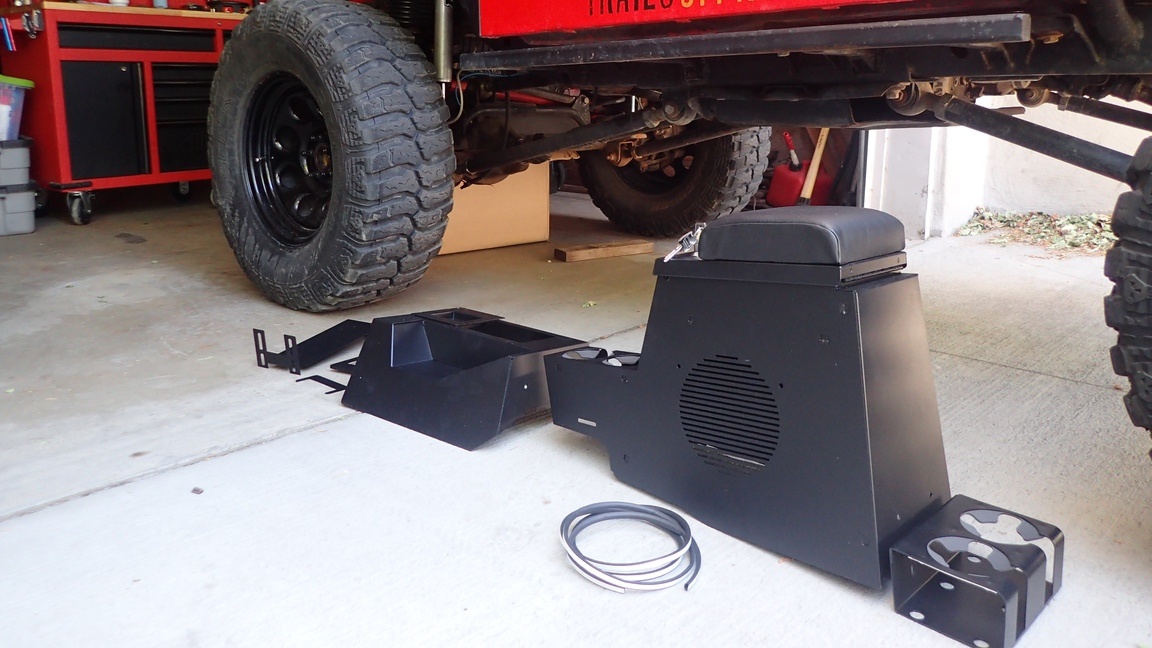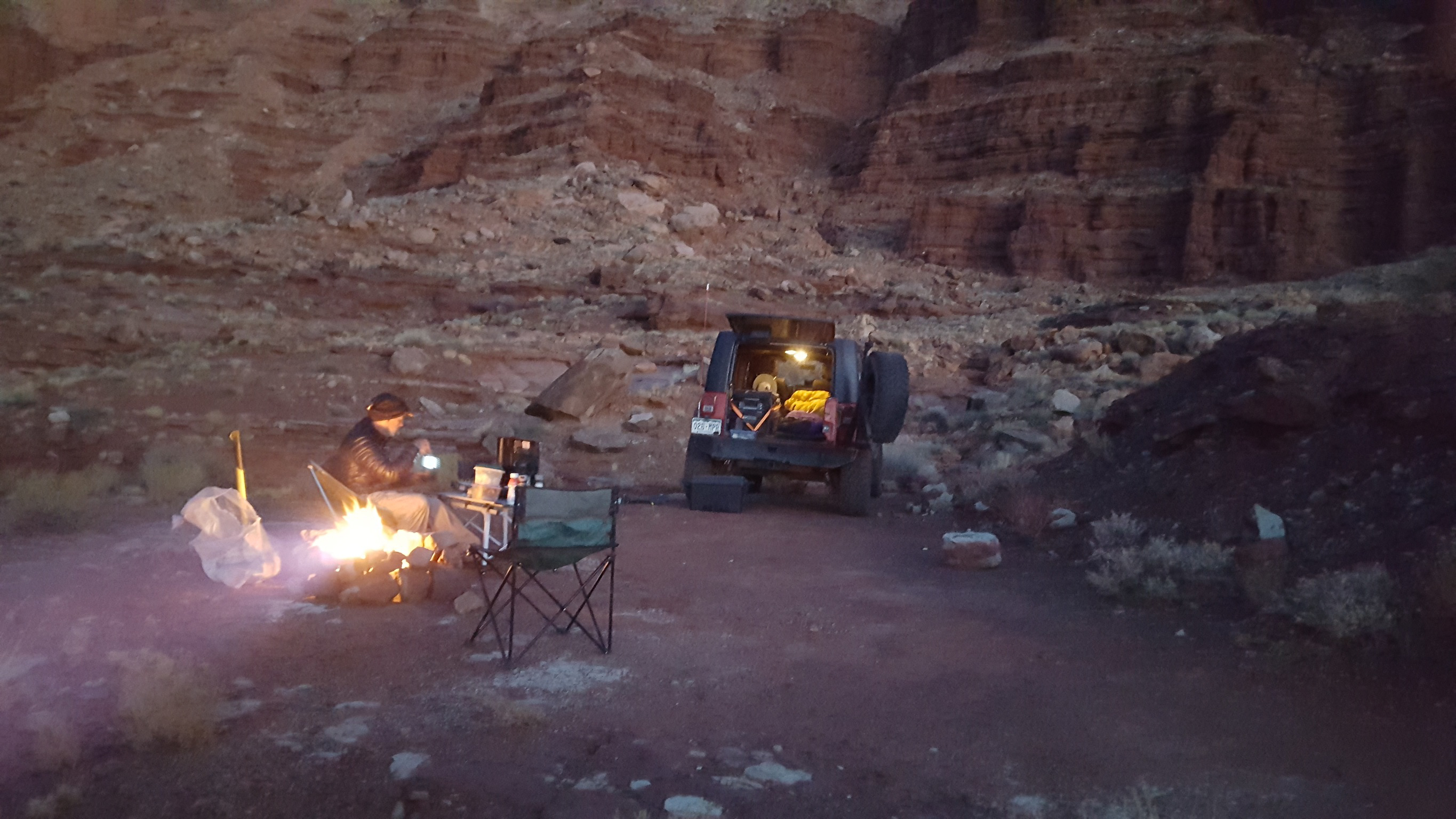
The “Iconic” Campfire and Why I Learned to Live Without It
Who doesn’t love sitting next to a crackling campfire with its smell of the burning pine or oak wafting in the crisp air? No matter how old you are, a campfire is always the perfect setting for storytelling, eating, and camaraderie. There is a special bonding that happens between people when breaking the proverbial bread around a campfire. A campfire is primal and it signifies a sense of community, a full belly, warmth and comfort.
Let’s face it though, for reasons that won’t be debated here, the days of safely enjoying a campfire during a peak summer night are long gone. Sadly, I know many people that will not go camping if they can’t have a fire, or worse, there are people who will stretch the interpretations “safe campfire practices” in order to have one. I am here to tell you that you can learn to live without a campfire and you will still have a great time.
“In 2017, 63,546 human-caused wildfires burned nearly 5 million acres.” Source: nifc.gov
Before I was bitten by the “off-road bug”, I was an avid backpacker. You might say I was little over the top with my obsession of backpacking. I lived to backpack! I studied it, fine-tuned it and went every chance I could. As a matter of fact, I started my venture into 4 wheel drive simply so I could drive to backpacking trailheads that were deeper in the mountains. When you backpack for days on end with the goal of bagging peaks and churning out the miles one can truly say that every ounce and every minute counts. Many of the backpacking principles I learned over a twenty-year span have been incorporated into my off-road obsession.
In the midst of a multi-year challenge to bag all of the 46 peaks that are over 4,000 foot in elevation in the Adirondacks, I was met with many challenges. The first major challenge was time. I wanted to complete these peaks before I turned 30. I only had so much time I could invest on the trail and I needed this time to trek miles and bag peaks that were 12-hours from my home. One practice and tradition that had to go was the iconic campfire. It became very cumbersome to wait up all night for embers to die and it became even more cumbersome to fetch water from a source that might be a mile-long walk in order to have enough water to douse the fire.
The fire had to go and it was not a simple and or easy decision to make. My main backpacking buddy and I decided that we could not go an entire 10-day trip without a fire. So we would pick certain down days or days where we weren’t trekking many miles and enjoy a fire on those days. A year or two later we were having one of those special “campfire” days when we saw a forest ranger, about our age, walking around with a shovel digging indiscriminate holes in the ground. We yelled over to him asking what he was doing and he stated: “I am checking for burning roots!” We shouted back “What the heck is a burning root and how does a root burn?” We were totally perplexed that roots could burn. I mean how could it if you put dirt over a fire to smother it? We chatted with this Ranger for a good hour or so. He explained to us the dangers of root fires. They can start from a simple campfire that heats the roots to the point of combustion. Once it starts, they can fester underground for months and then one day, out of the blue, build up enough heat to light up a spruce tree in an instant.
Although the ranger did give us some useful guidelines on how to mitigate the dangers of starting a root system on fire, I was feeling a little spooked. The sense of responsibility was weighing on my mind. How terrible would I feel if I caught a forest on fire? Could I even live with myself after that? Those were the questions on my mind. This campfire stuff was becoming very burdensome time-wise and responsibility wise.
I saw my enjoyment of the iconic campfire go from 100% of the nights on the trail to about 25% of the nights. After our talk with the ranger, my nights with a fire dwindled to probably less than 10%. I backpacked hardcore for another 15 years without hardly ever enjoying a campfire. Honestly, I didn’t miss as much as I thought I would. I replaced the fire time with more physical time on the trail and by the time I got to camp I was so tired, a fire didn’t even matter. I replaced the light of a fire with a little candle lantern that could also warm my tent up 10 degrees. I would light that candle every night as I boiled water on my MSR XGK stove. I would then eat a rehydrated meal to candle and starlight. I realized that without the fire I slept more because I climbed into the sleeping bag earlier. I realized that without the fire, I appreciated more of the sunsets, stars and lunar events. I realized that I really didn’t need that fire at all and in turn, actually felt more connected with the natural area I was in.
There is no magic answer here for those of you clinging to the beloved campfire, but time and responsibility were the two key reasons as to why I learned to live without them. Sure I love them and sure I want to have a fire. Even more so, now that I “overland”, I want to pull that big cut of beef out of my electric fridge, drop it into a sizzling and perfectly seasoned cast iron skillet and put it over a hot crackling fire. Yes, overlanding lets the backpacker in me indulge. But do I let fire restrictions keep me from overlanding or enjoying the great outdoors? Hell no and I still have a great time!
